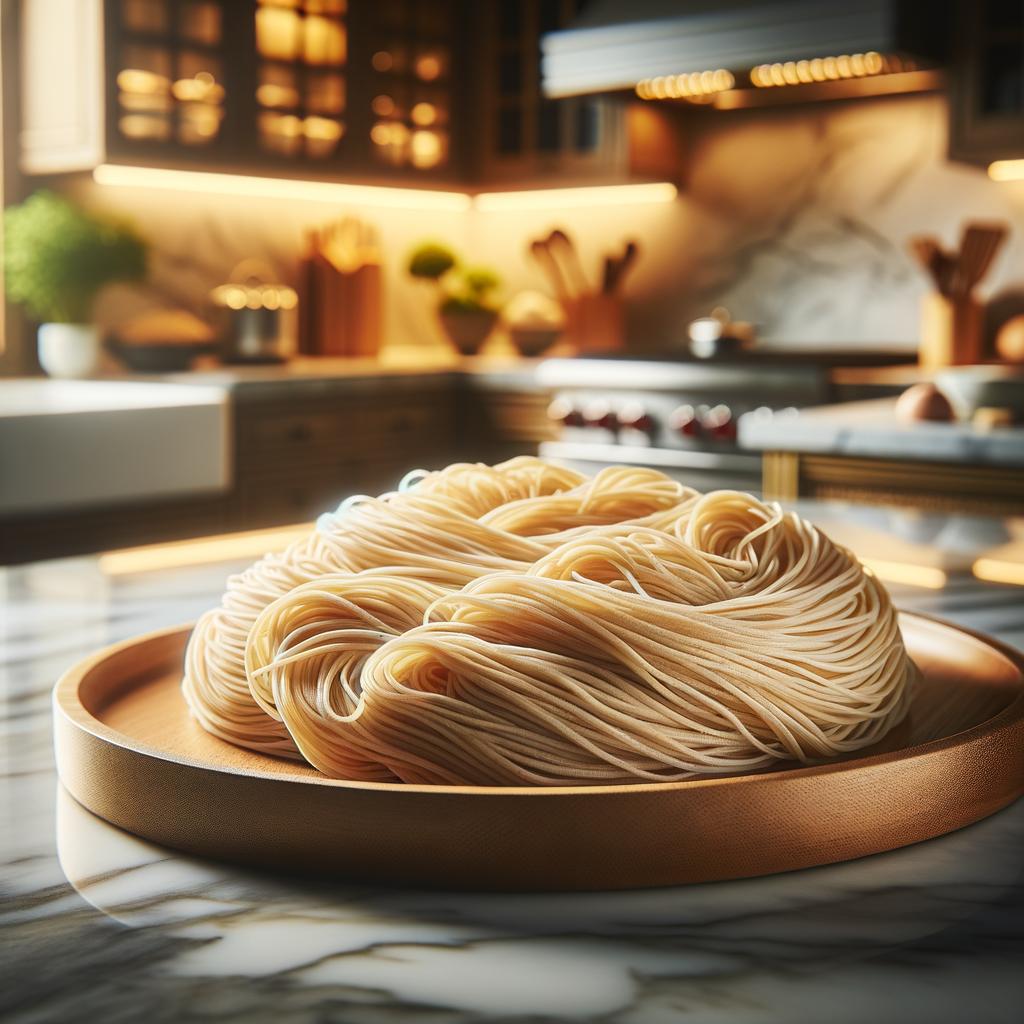Chinese Wheat Noodles

Description
Chinese wheat noodles, known as "mian" in Mandarin, are an essential staple in Chinese cuisine. They possess a golden hue, with a texture that is firm yet pliable, and a flavor profile that is subtly wheaty, making them a versatile base in many dishes. These noodles are typically long and slender, symbolizing longevity in Chinese culture. They are unique in their ability to absorb the flavors of the sauces and broths they are cooked in, enhancing the overall taste of the dish.
Primary Uses
Chinese wheat noodles are incredibly versatile and are used in a myriad of dishes across various Chinese cuisines. They serve as the backbone for comforting soups like "Lanzhou beef noodle soup", are stir-fried in dishes like "chow mein", and even served cold in salads. Outside the culinary world, these noodles also hold significant cultural importance. They are traditionally eaten on birthdays and during Chinese New Year celebrations as a symbol of long life and good luck.
History
The history of Chinese wheat noodles dates back to the Han dynasty (206 BC – 220 AD), with the earliest physical evidence found in an earthenware bowl in Qinghai, China. Over time, the popularity of these noodles spread across Asia and eventually worldwide, with each region adding its own unique twist to the traditional recipe. There's an enduring myth that Marco Polo introduced pasta to Italy after his travels in China, though this is widely disputed by food historians. Regardless, Chinese wheat noodles have a rich history and continue to be a beloved staple in many households and restaurants.
Nutritional Information
In terms of nutrition, Chinese wheat noodles are a good source of carbohydrates, providing energy for your daily activities. They also contain some protein and are low in fat. While they don't offer a significant amount of vitamins or minerals, they can contribute to a balanced diet when paired with nutrient-rich ingredients like vegetables, lean meats, or tofu. Compared to other types of noodles, such as rice noodles, they generally have a higher protein content and a more robust texture. However, moderation is key, as overconsumption can lead to excessive calorie intake.

